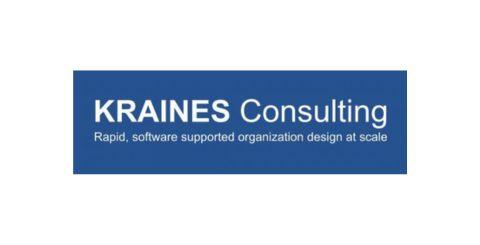Don’t Hack Jack!
Our underlying beliefs and values drive our behaviors. Jack Welch believed, “If you’ve got 16 employees, at least two are turkeys.” From this belief flowed the talent management systems at GE. One of the most controversial (and unfortunately emulated) practices was that of cutting the bottom performing 10% of employees annually.
Judy at the Employee Factor, who also questions the practice, posted some statistics showing that these beliefs and practices are still common.
Systems telegraph values and drive behavior.
In addition to, “two in 16 employees are turkeys,” what does the practice of cutting the bottom 10% of employees annually telegraph and drive? (Hint: It’s not trust nor engagement.)
Values Telegraphed:
- We don’t trust or expect our managers to hire appropriately.
- We don’t trust or expect our managers to deal with under-performing employees so we will micromanage the process.
- Perform at all costs or you are gone.
- Don’t set your sights on anything with a return that is longer than one year. You may not be around the second year.
- All factors that influence employee performance are within the employee’s control. (False)
Behaviors Driven:
- Managers who hire well are now penalized, as they will be forced to eliminate team members every year. With this system, competent hiring managers are put in the untenable situation of either firing good employees, or they must intentionally seek out and hire dead wood with an eye toward firing them at review time.
- I will not help my teammates as they may end up higher on the list which puts me lower on the list. I can’t risk that.
- I may need to sabotage my teammates in order to make the top nine on the list.
- I may need to do something that will get me my performance numbers in the short term but that I know is not in the long term interest of the organization.
- I must fudge the numbers, pay a kickback, cover up mistakes… in order to make the top nine.
Cutting the bottom 10% annually is a defensive, compensatory system for lack of understanding of work levels, human capability and managerial leadership.
If you believe that: I’m OK. You’re OK. Let’s fix the system, you would design your organization accordingly. We need to equip, train and support (through systems design) line managers to successfully discharge their managerial leadership duties.
We wouldn’t let our untrained neighbor perform surgery on us in our backyard with a hacksaw, a hardback copy of “What Good Surgeons Do”, and a pep talk. Yet we put employees in managerial positions, offer them some platitudes, the latest best-selling book on leadership, and send them off to lead “our most valuable asset” in polluted environments with inadequate tools.
Jack Welch is brilliant, and I admire many things about him, this is not one of them. I have a more positive belief set regarding human nature and our desire to do meaningful work. All we need to do is create work-enabling systems that eliminate conflicts of interest for employees, and send them off to work.
I’m OK. You’re OK. Let’s fix the system. In my next post I will discuss how I would take an offensive rather than a defensive approach to low performance.
Have you ever been the victim of a bottom 10% cut? Have you ever been forced to cut an employee who didn’t deserve to be cut?.





